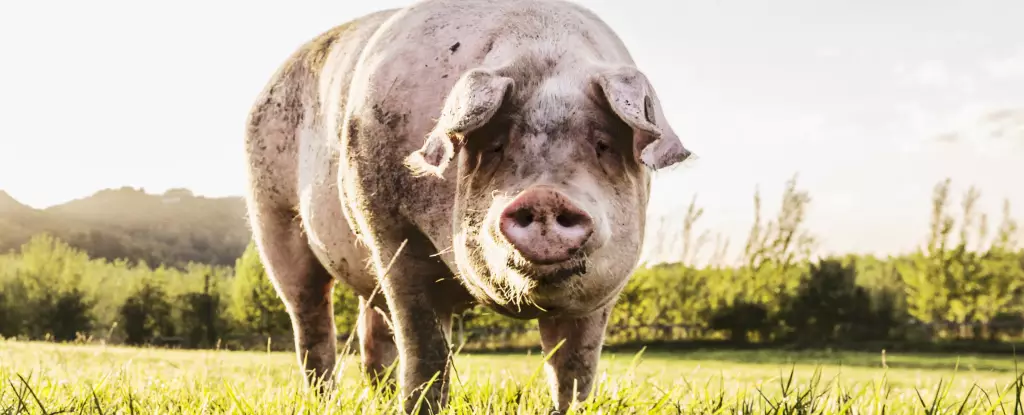In a significant and alarming development, officials have reported the detection of H5N1 avian influenza in a pig located on a small, non-commercial farm in Oregon, marking the first occurrence of this virus in livestock within the United States. The United States Department of Agriculture (USDA) announced that this finding came after confirmation of the same virus in poultry on the farm just days before. This unprecedented case raises critical considerations regarding the zoonotic potential of avian influenza and its implications for both animal and public health.
Response Measures Implemented
Following the positive test result, authorities swiftly euthanized the infected pig as well as four other pigs on the property to allow for further diagnostics. The USDA emphasized that none of the animals at this farm were intended for commercial food production, mitigating immediate concerns over food safety in the national pork supply. However, the situation warrants close monitoring; two of the additional pigs reportedly tested negative, while results for the remaining two are still pending. Since the infected livestock shared common resources with poultry, the risk of cross-species transmission becomes a focal point for investigating the pathways through which avian influenza spreads.
To forestall any further outbreaks, the implicated farm has been quarantined. Additionally, other livestock on the premises, including sheep and goats, are now under vigilant surveillance. This proactive approach aims not only to contain the existing outbreak but also to assess the potential risks of further transmission among various species. The redundancies put in place illustrate how crucial it is to have a structured response to outbreaks, particularly when they involve a virus with known transmissibility dynamics.
Public health experts are expressing increasing concern over the rising incidence of avian flu in mammals, particularly due to the fear that continued mutations could lead to a strain transmissible to humans. However, the USDA has reassured the public that genetic testing of the infected poultry has not revealed any mutations that would suggest a heightened risk of human transmission. It has also committed to genomic sequencing of the pig’s test samples, although results from this analysis are pending.
Takeaway and Future Considerations
While the detection of H5N1 in the Oregon pig may not present an immediate threat, it serves as a pointed reminder of the interconnectedness of animal health, food safety, and public health. As the agricultural landscape continues to evolve, monitoring for potential zoonotic diseases must remain a priority, necessitating cooperation across scientific and regulatory bodies to prevent further spread. Enhanced vigilance, research, and communications among stakeholders will be paramount in addressing future risks posed by emerging viral threats.


Leave a Reply